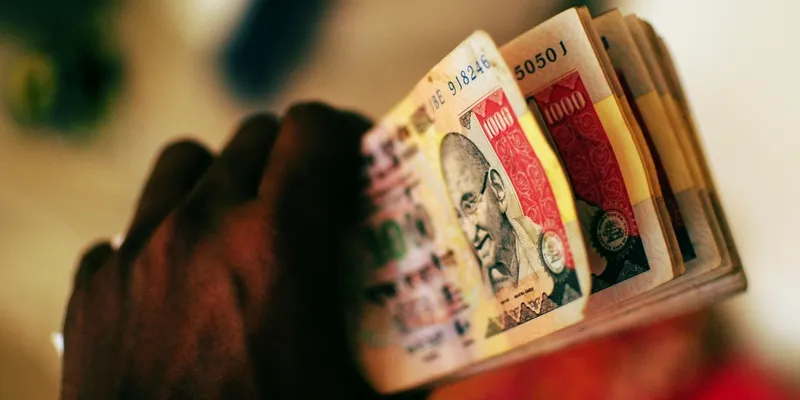One year of demonetisation: the impact on Indian economy and its stakeholders
Going digital and cashless have helped in formalising the Indian economy and increasing financial inclusion.
India is a vast country, and any policy change made at the level of the Union government has the potential to change the lives of over a billion people. On November 8, 2016, Prime Minister Narendra Modi announced the demonetisation of Rs 500 and Rs 1,000 notes to combat the evil of unaccounted money that constituted the ‘black money’ in India. This compelled Indian citizens to exchange their notes through the formal banking system, which led to the creation of a large number of new accounts or made previously dormant accounts active again. It also encouraged Indian citizens to take up digital payment options.

Prior to demonetisation, the Indian economy had one of the highest cash-to-GDP ratios in the world, which indicated its cash-rich nature. Since a massive percentage of daily transactions undertaken by Indians has been done purely in cash, accounting for them and bringing them within the fold of the formal banking system seemed implausible at best and impossible at worst. Post demonetisation, the number of new applicants who have filed Income Tax Returns has increased substantially, and many have taken to using digital payment options and wallets. This indicates that more people are now coming under the ambit of the formal economy, reducing the possibility for tax evasion while increasing the transparency in financial dealings.
Reduction in fraudulent practices
In most branches far from India’s urban centres, banks have run through physical paper trails and passbooks. This often led to small and large-scale cases of fraud for unprepared and underequipped bankers to deal with. With the economy going digital and verification happening through Aadhar, banks are now better prepared to deal with such illicit activities. Online bank statements are now generated and made available for download from bank websites, and numerous software suites offer tools to detect and prevent fraudulent claims, while drastically reducing the time taken for analysing and verifying transactions across the branch network. This has increased the digital footprint of Indian consumers and bank account operators, offering a wealth of data that can aid in policy formulation.
Real estate sector felt the blow
The consequences of demonetisation were felt acutely in the real-estate sector, infamous for being riddled with cash-hungry middlemen looking to make underhanded deals that evade government’s tax scanners.
The cash component of real-estate transactions – usually informal and illegal – has come down drastically. The percentage contribution made by borrowers for purchasing a house after taking a property loan has dropped from 40-50 percent to 20-25 percent, enhancing the requirement for loans in the market, and introducing many more to the world of formal, financial credit systems.
AI-driven techniques helped in offering financial solutions
There are some cutting-edge fintech startups which are looking to disrupt the Indian financial system, and demonetisation has helped them in their goal of financial inclusion for India’s masses. As more citizens become part of the formal economy and develop a substantial digital footprint, these companies are now able to deploy their AI-driven technology to offer financial solutions customised to their needs and based on their credit history. Unlike formal banks that require more detailed credit histories and ratings from institutions like CRISIL, these fintech companies are happy to leverage their algorithms to crunch through their customer’s Aadhar and bank account data to approve them for credit. This credit is already being leveraged by thousands of customers to start new businesses, buy new property, purchase all forms of goods, and create more consumption and fiscal activity than would have been possible before November 2016.
Birth of an inclusive economy
Demonetisation has provided the push needed by the Indian economy to adopt digital methods and technologies. It has eased the transition of millions of Indians into the formal banking system, and given them access to credit and loans that can help them achieve their dreams for the future. Individuals and MSMEs that were earlier outliers of an unequal system are now equal partners in a more accessible financial world. Over 2 crore bank accounts have been opened since November 2016 last year – over 2 crore people are finally being counted and accounted for in a transparent, vibrant, and inclusive economy.
(Disclaimer: The views and opinions expressed in this article are those of the author and do not necessarily reflect the views of YourStory.)







